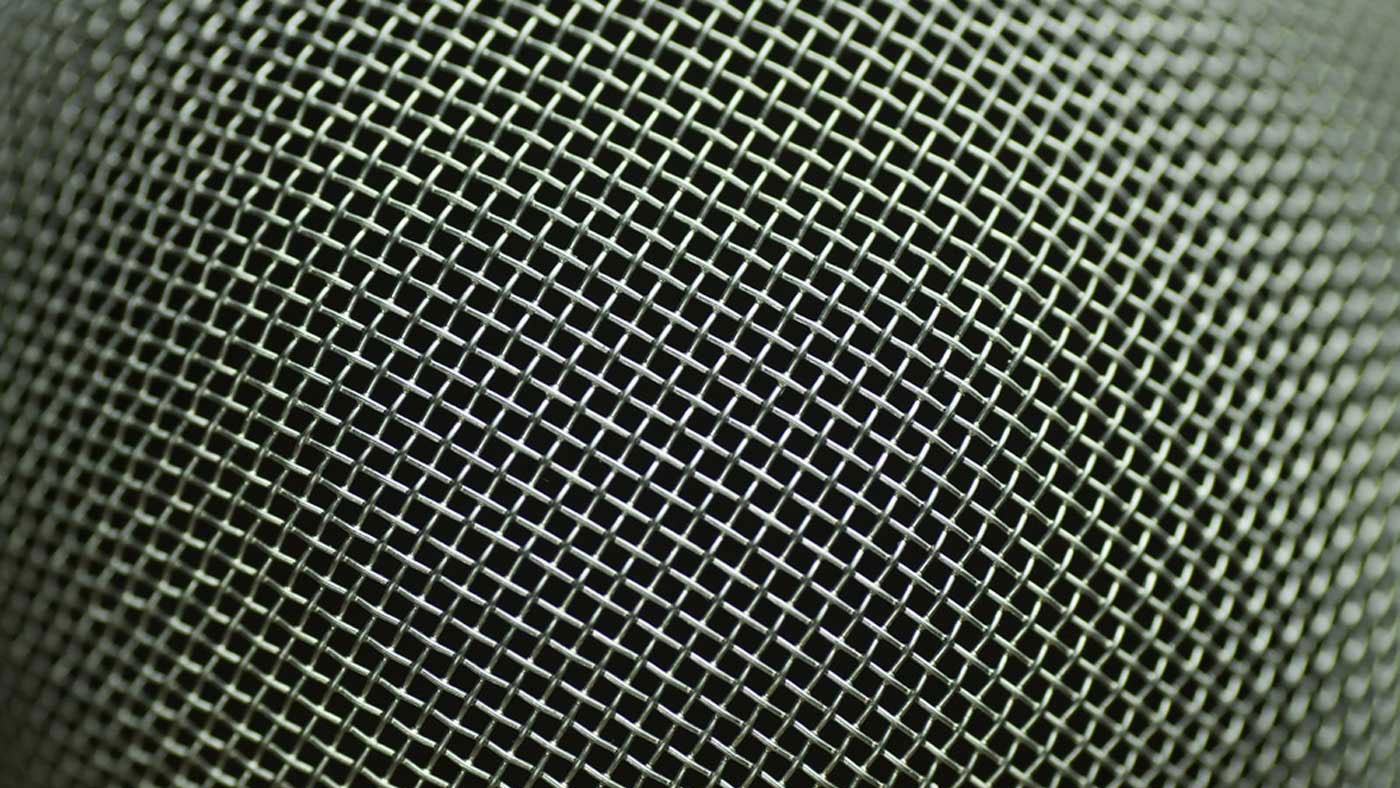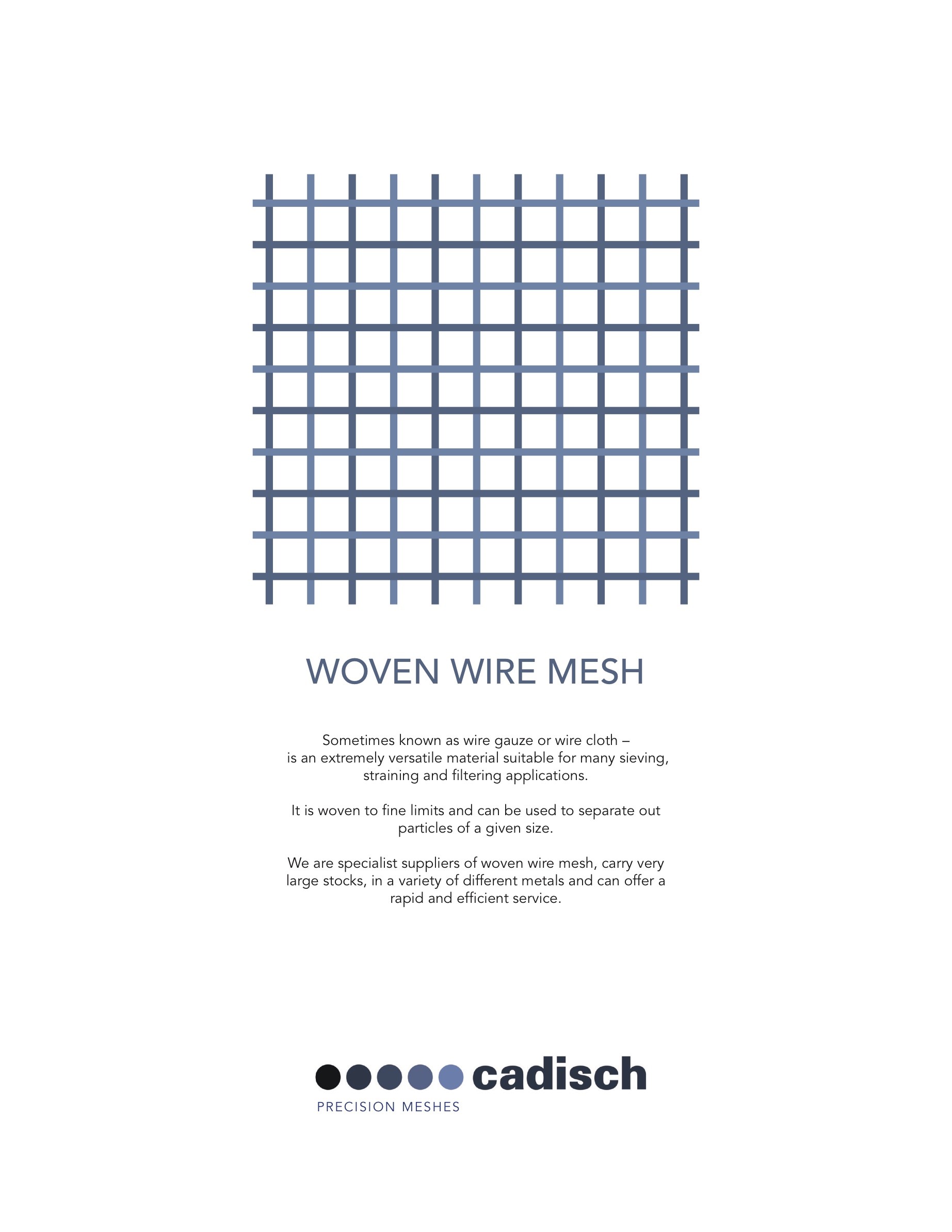Woven Wire Mesh
Sometimes known as wire gauze or wirecloth – is an extremely versatile material suitable for many sieving, straining and filtering applications. It is woven to fine limits and can be used to separate out particles of a given size.
We are specialist suppliers of woven wire mesh, carry very large stocks, in a variety of different metals and can offer a rapid and efficient service.
Stainless Steel
Withstands temperatures up to 800° C. By far the most popular where strength and durability are of prime importance. All standard meshes are stocked in Type 304 quality, and many are also available in Type 316 which is more resistant to corrosion. Certain other qualities obtainable to special order.
Range: 2 mesh-500 mesh and Hollanders.
Plain Steel
A low price material for use where corrosion resistance is not important. Mostly supplied plain but certain meshes also available galvanised.
Range: 2 mesh-80 mesh.
Monel
An alloy of nickel and copper, it combines strength with excellence resistance to substances such as acids, alkali's and sea water.
Range: 20 mesh-250 mesh and Hollanders.
Phosphor Bronze
An alloy of copper and tin which is strong and durable and will resist diluted acids and alkali's. Easily soldered.
Range: 30 mesh-200 mesh.
Brass and Copper
Brass, an alloy of copper and zinc, is harder but more subject to corrosion. Copper is less corrodible but because of its softness, should not be used with abrasive substances. Both are easily soldered.
Range: 4 mesh-100 mesh.
Glossary
Mesh Count: the number of apertures or wires in a linear inch. Most meshes are square woven and will have the same count in both warp and weft.
Warp: the wires running lengthwise in a roll of mesh.
Weft (or Shute): the wires running transversely across the mesh width.
Open (or Free) Area: the proportion of aperture expressed as a percentage of the whole area.
Selvedge: the finished edge formed by looped weft wires at either side of the cloth. Some modern shuttleless looms do not produce a looped selvedge.
Useful formulae
Aperture (in mm) = 1/M –d
Where ‘M’ = mesh count per mm and ‘d’ = wire diameter in mm.
Open area % = [a²/(a+d) ²] x 100
Where ‘a’ = aperture in mm and ‘d’ = wire diameter in mm.
Product Tables:








